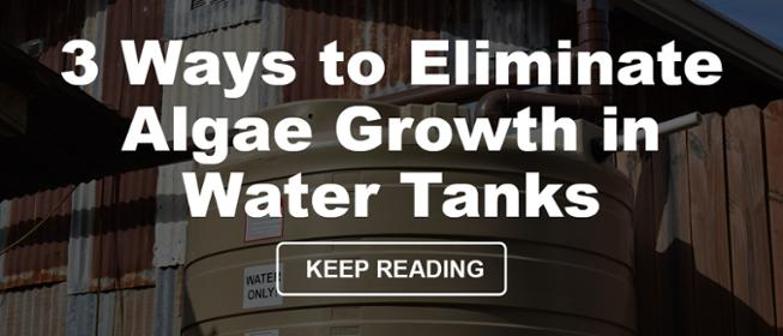
With growing concerns surrounding the rising costs of water, pollution that affects groundwater, and climate change, many homeowners are turning to harvesting rainwater in 2023. Rainwater conservation is not a new concept; however, it is growing in popularity due to its environmental benefits and potential to save you money on your energy bill in the long run. While there are many benefits to harvesting rainwater, the main appeal of this practice is that it is a sustainable water management practice that anyone can implement in their home. If you’re interested in starting a rainwater harvesting system, here are some tips to help you avoid mistakes that could waste your time and money.
Rain Harvesting Basics:
Most rainwater harvesting systems use the same essential parts: A catchment surface, rainwater storage container, filter, and pump.
.
![How To Catch Rainwater [Diagram].png How To Catch Rainwater [Diagram].png](http://blog.enduraplas.com/hs-fs/hubfs/How%20To%20Catch%20Rainwater%20%5BDiagram%5D.png?width=1024&name=How%20To%20Catch%20Rainwater%20%5BDiagram%5D.png)
Catchment surface - The catchment surface is simply the first point of contact for rainfall. For many homeowners, this will be the rooftop due to the large square footage at your advantage. Your roof must have gutters to easily collect the rainwater at the storm drain. However, more factors go into discovering if your roof is optimal for rainwater harvesting. 
Rainwater Storage Container - Whether you already have some sort of water storage container or need to purchase a water tank, you must ensure your storage container is big enough for the amount of rainwater you are catching to prevent overflow. There is an extensive range of options for containment, including totes, 45-gallon drums, bladder tanks, metal tanks, poly tanks, and more. However, we recommend you use a proper water tank with food-grade poly for the safety and preservation of the water. 
Filter - You must include filtration when you start to harvest rainwater. Filtration will protect against bugs, leaves, and other debris that might contaminate the water. A filter will work best when you hook up piping to channel the water from the catchment surface to the rainwater storage container.
Pump - A pump will help distribute your water and give you extra flow and pressure. You can then conveniently use the water for both inside and outside use, and if the water in your rain harvesting system is easier to use, you will use it more often.
Hand-picked content for you: 4 fact-based reasons why you should harvest rainwater.
Other Rainwater Harvesting Tips You Should Know About:
Avoid Algae Growth - Algae needs sunlight to grow, so to prevent algae from growing, you will need to prevent sunlight from entering your tank. You can do this in a few different ways. Wrap your tank in black plastic, paint your tank black, or use a tank with Light Block™ technology.
Setup an Overflow Valve - If there is too much rainwater in your tank, an overflow valve will channel the excess water away from your house to a better drainage location. One way to set up an overflow valve is to attach a pipe from the top of your rainwater storage container.
Have an Air Supply/Vent - An air vent will prevent pressure or suction when the rainwater enters the tank by ensuring sufficient airflow. One way to do this is to have a section of pipe mounted vertically off the tube to the storage container.
Whether you are harvesting rainwater for environmental or economic benefits, we hope this blog has helped you with your water conservation journey. Rainwater harvesting is one of the most critical water conservation methods in 2023; ensure you have the right tools for your project: shop for sunlight-resistant, food-safe water tanks at enduraplas.com. We’d also be happy to answer any rainwater harvesting questions you have.


